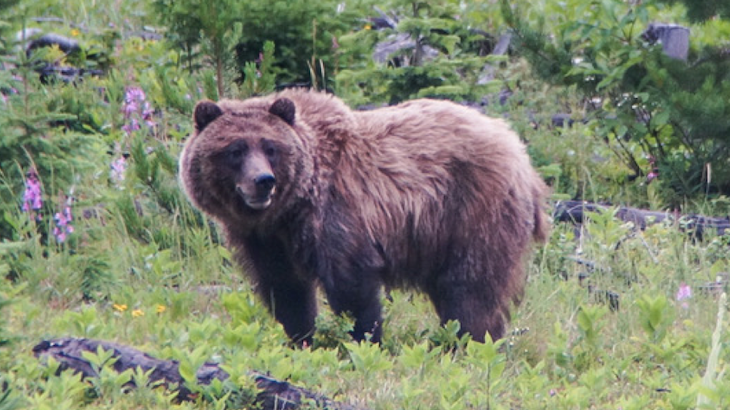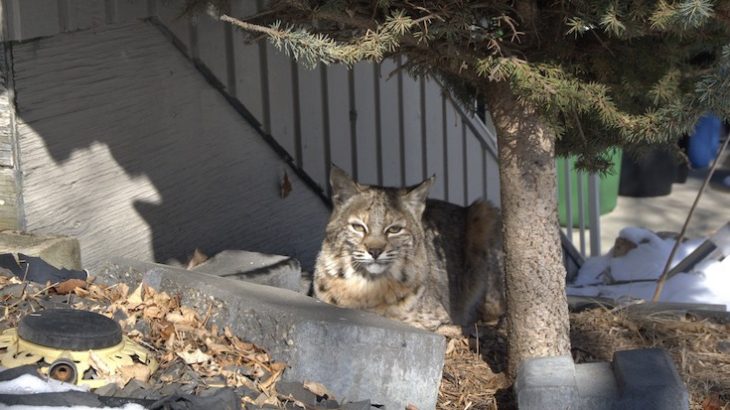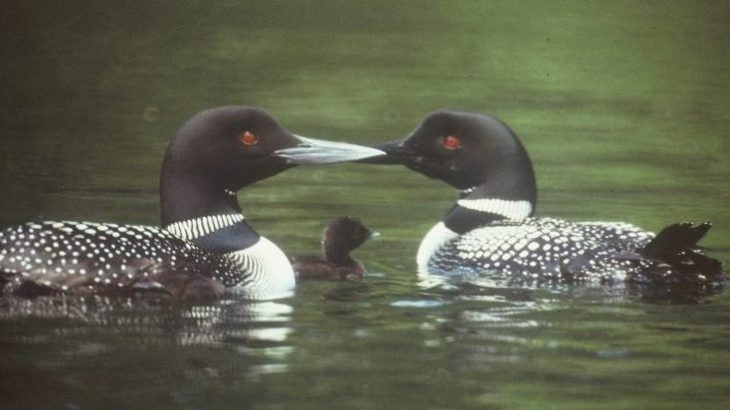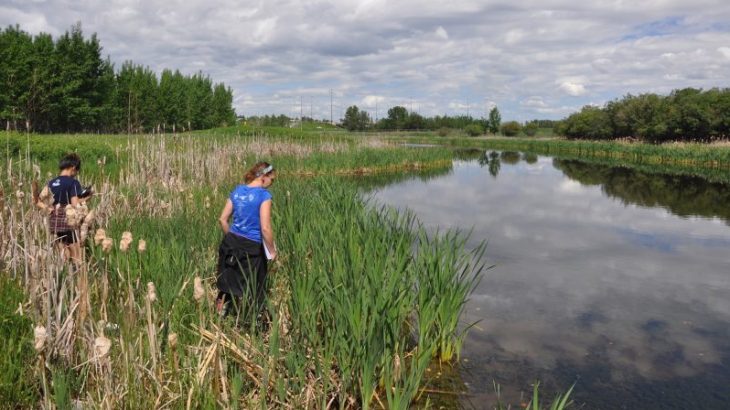
Alina C. Fisher and Tanya Samman, Environmental and Earth Sciences co-editors While looking out your office (or home office) window, do you give any thought to wildlife? Many city dwellers may not think about wildlife often during a regular day. We don’t see bison roaming our city streets or cougars in the trees of […]






